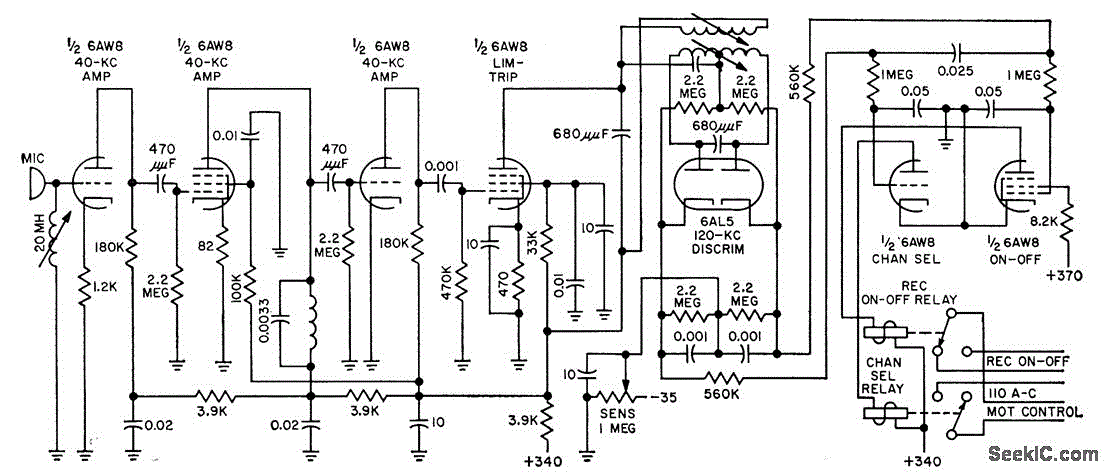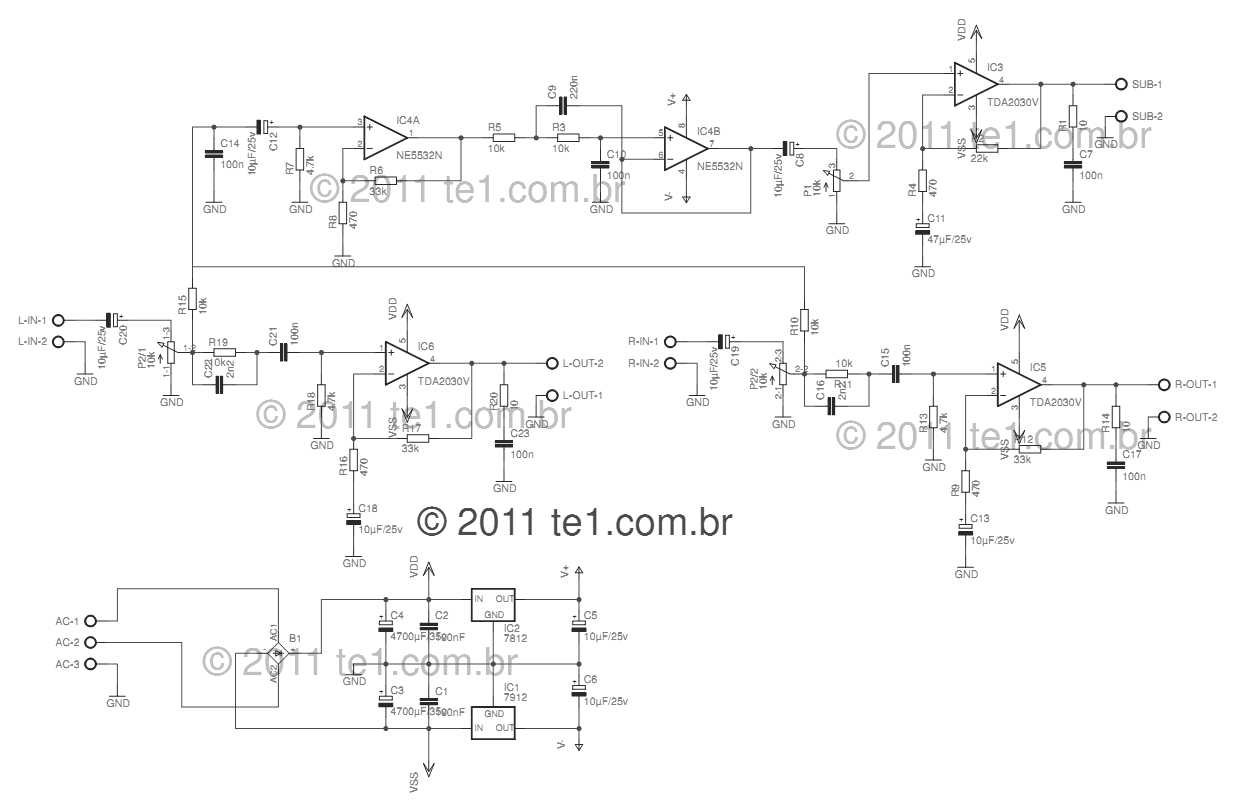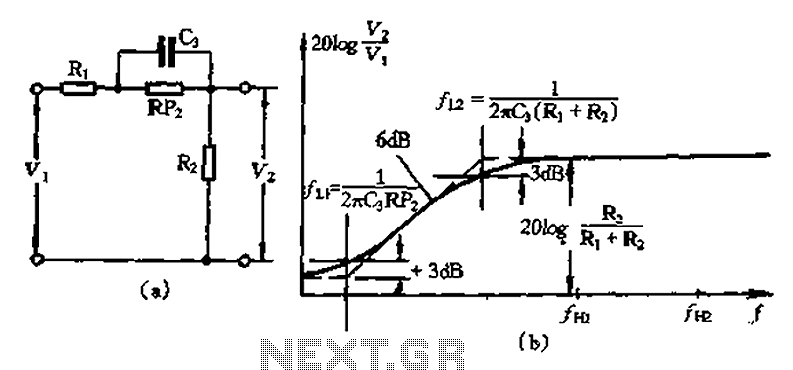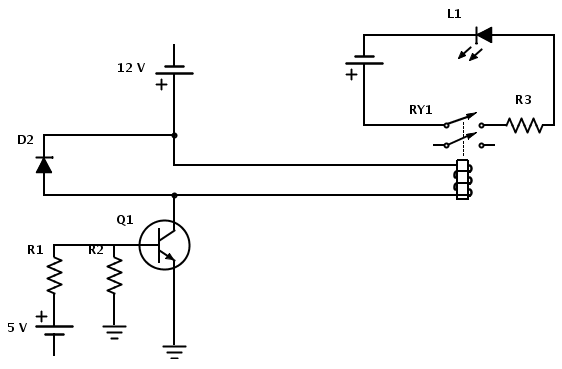
TC621 temperature sensor using poultry hatchery electronic thermostat control circuit diagram

Eggs hatch chicks at temperature requirements within the range of 36 to 39 degrees Celsius. The temperature sensor integrated circuits utilize the TC621 temperature control circuit, which has fewer external components, is low cost, and offers high reliability. Users can set their own upper and lower temperature adjustments for convenience. The circuit includes a temperature sensor TC621, upper and lower temperature indicators, relay control for heating circuits, an analog sound circuit, an audio amplifier circuit, and an AC step-down rectifier circuit.
The described circuit operates within a critical temperature range necessary for the incubation of eggs, ensuring optimal conditions for hatching. The TC621 temperature sensor is a key component, providing accurate temperature readings while minimizing the number of external components required, thus reducing overall costs and increasing reliability.
The circuit design incorporates upper and lower temperature indicators that allow for real-time monitoring of the incubation environment. This feature enables users to ensure that the temperature remains within the specified range. If the temperature exceeds the upper limit or falls below the lower limit, the relay control system is activated to manage the heating elements, maintaining the desired temperature.
Additionally, the circuit includes an analog sound circuit and an audio amplifier. This combination may be utilized to produce audible alerts, notifying users of any deviations in temperature, thereby enhancing the monitoring process. Furthermore, the AC step-down rectifier circuit is essential for converting high-voltage AC power to a lower voltage suitable for the operation of the circuit components, ensuring safety and efficiency.
Overall, this temperature control circuit for hatching eggs is designed to be user-friendly, reliable, and efficient, making it a practical solution for incubating eggs and ensuring the successful hatching of chicks.Eggs hatch chicks temperature requirements within 36 ~ 39oC temperature range, temperature sensor integrated circuits using TC621 temperature control circuit, having fewer exte rnal components, low cost, high reliability, you can set your own upper and lower temperature adjustment Convenience. Its circuit is shown. It consists of a temperature sensor TC621, upper and lower temperature indicator, relay control heating circuits, analog circuits hen called sound, audio amplifier circuit and the AC step-down rectifier circuit.
The described circuit operates within a critical temperature range necessary for the incubation of eggs, ensuring optimal conditions for hatching. The TC621 temperature sensor is a key component, providing accurate temperature readings while minimizing the number of external components required, thus reducing overall costs and increasing reliability.
The circuit design incorporates upper and lower temperature indicators that allow for real-time monitoring of the incubation environment. This feature enables users to ensure that the temperature remains within the specified range. If the temperature exceeds the upper limit or falls below the lower limit, the relay control system is activated to manage the heating elements, maintaining the desired temperature.
Additionally, the circuit includes an analog sound circuit and an audio amplifier. This combination may be utilized to produce audible alerts, notifying users of any deviations in temperature, thereby enhancing the monitoring process. Furthermore, the AC step-down rectifier circuit is essential for converting high-voltage AC power to a lower voltage suitable for the operation of the circuit components, ensuring safety and efficiency.
Overall, this temperature control circuit for hatching eggs is designed to be user-friendly, reliable, and efficient, making it a practical solution for incubating eggs and ensuring the successful hatching of chicks.Eggs hatch chicks temperature requirements within 36 ~ 39oC temperature range, temperature sensor integrated circuits using TC621 temperature control circuit, having fewer exte rnal components, low cost, high reliability, you can set your own upper and lower temperature adjustment Convenience. Its circuit is shown. It consists of a temperature sensor TC621, upper and lower temperature indicator, relay control heating circuits, analog circuits hen called sound, audio amplifier circuit and the AC step-down rectifier circuit.





